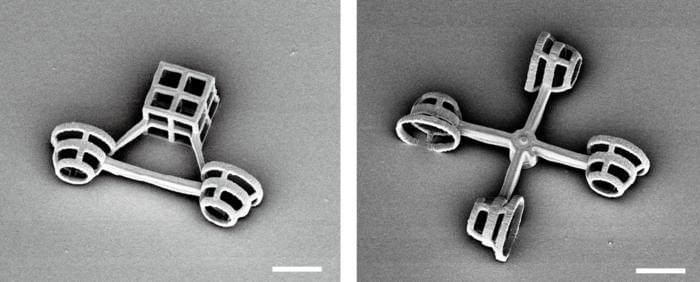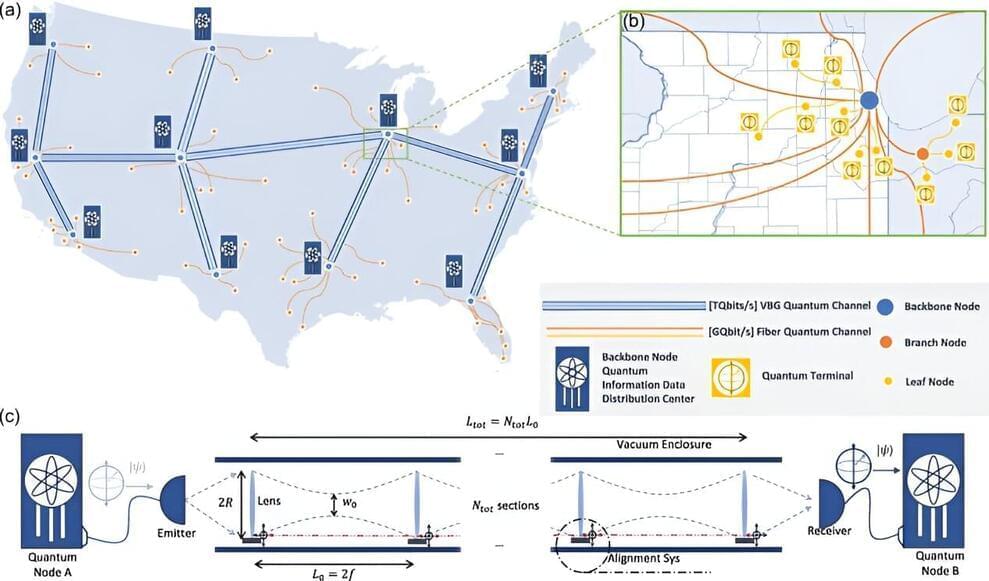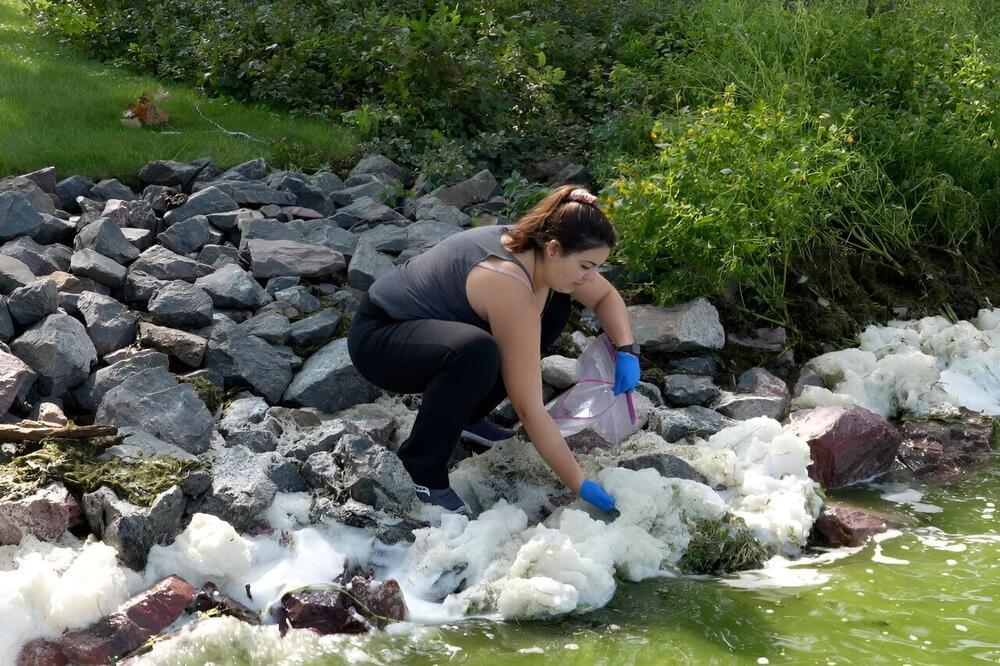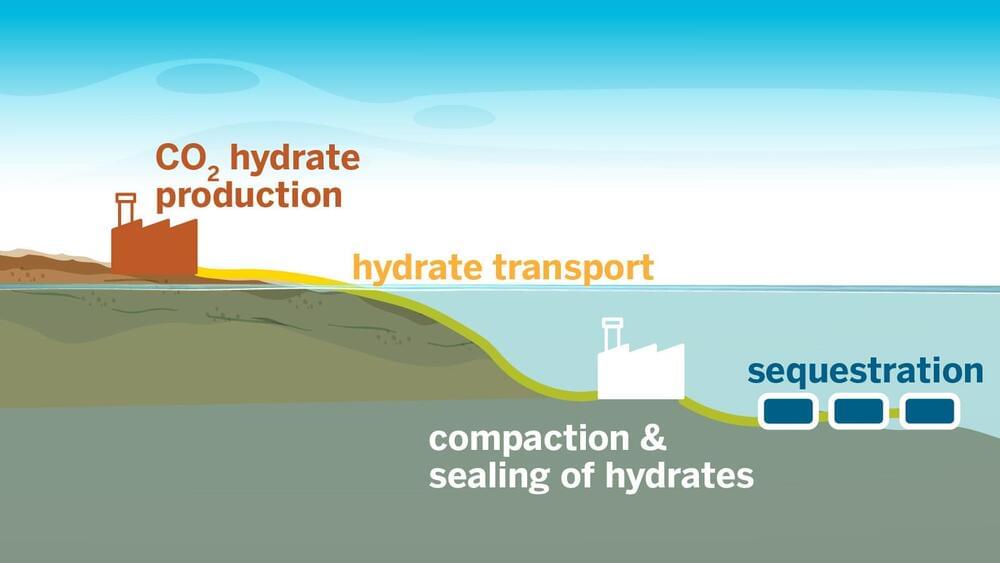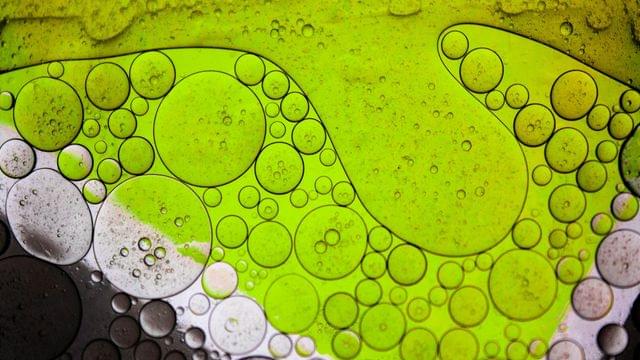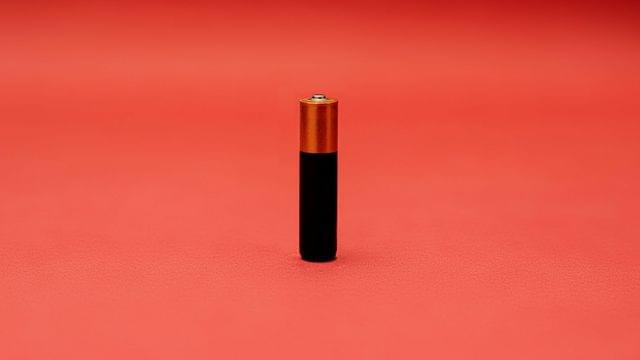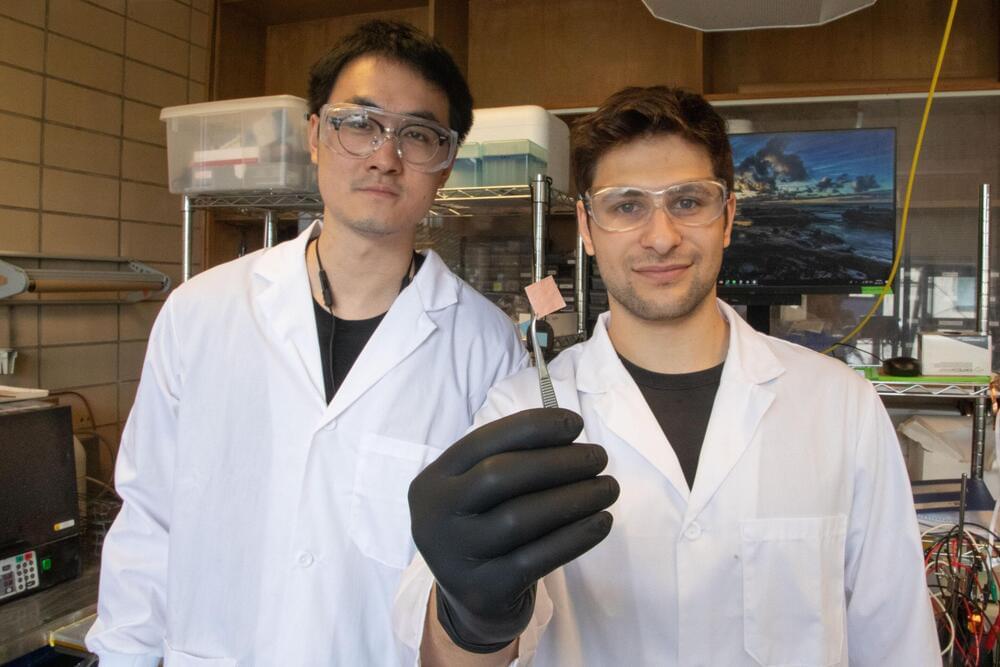Jul 10, 2024
Micromachines steered by microorganisms
Posted by Dan Breeden in categories: engineering, transportation
Researchers have created tiny, vehiclelike structures which can be maneuvered by microscopic algae. The algae are caught in baskets attached to the micromachines, which have been carefully designed to allow them enough room to continue swimming. Two types of vehicles were created: the “rotator,” which spins like a wheel, and the “scooter,” which was intended to move in a forward direction but in tests moved more surprisingly.
The research has been published in Small (“Harnessing the Propulsive Force of Microalgae with Microtrap to Drive Micromachines”).
The team is planning to try different and more complex designs for their next vehicles. In the future, these mini algae teams could be applied to assist with micro-level environmental engineering and research.
